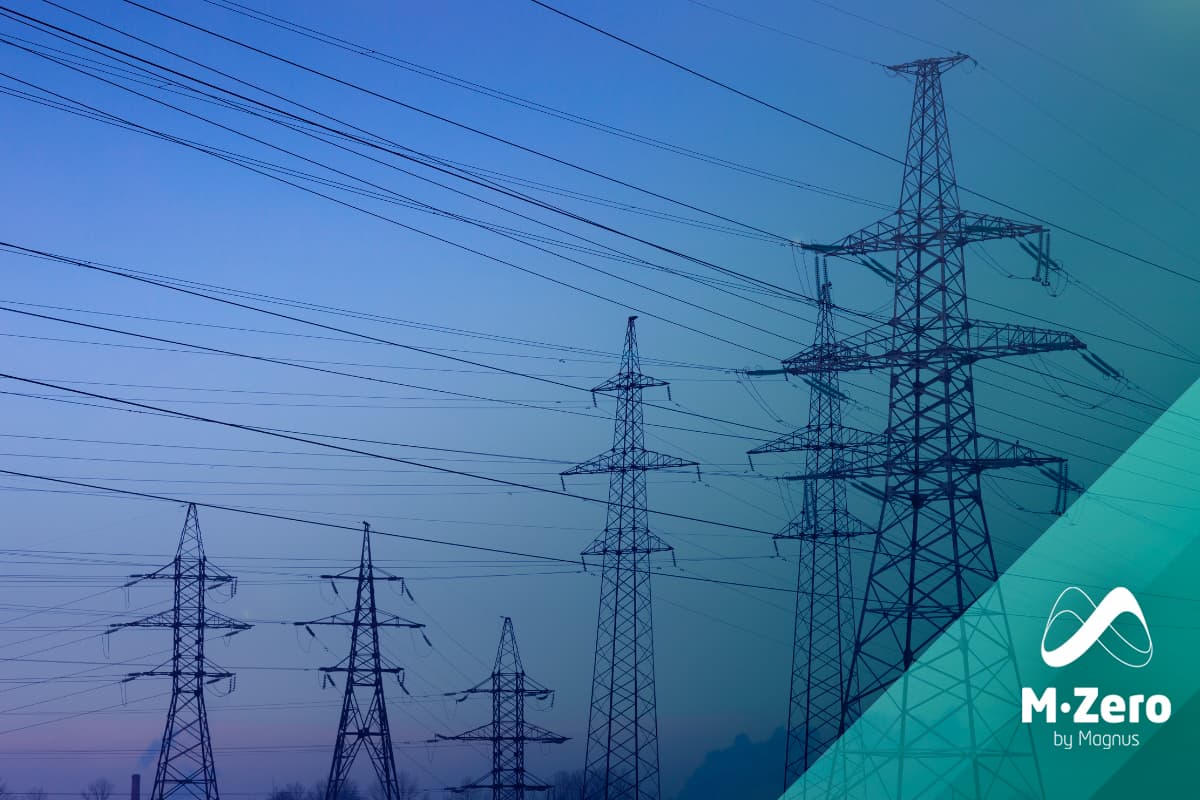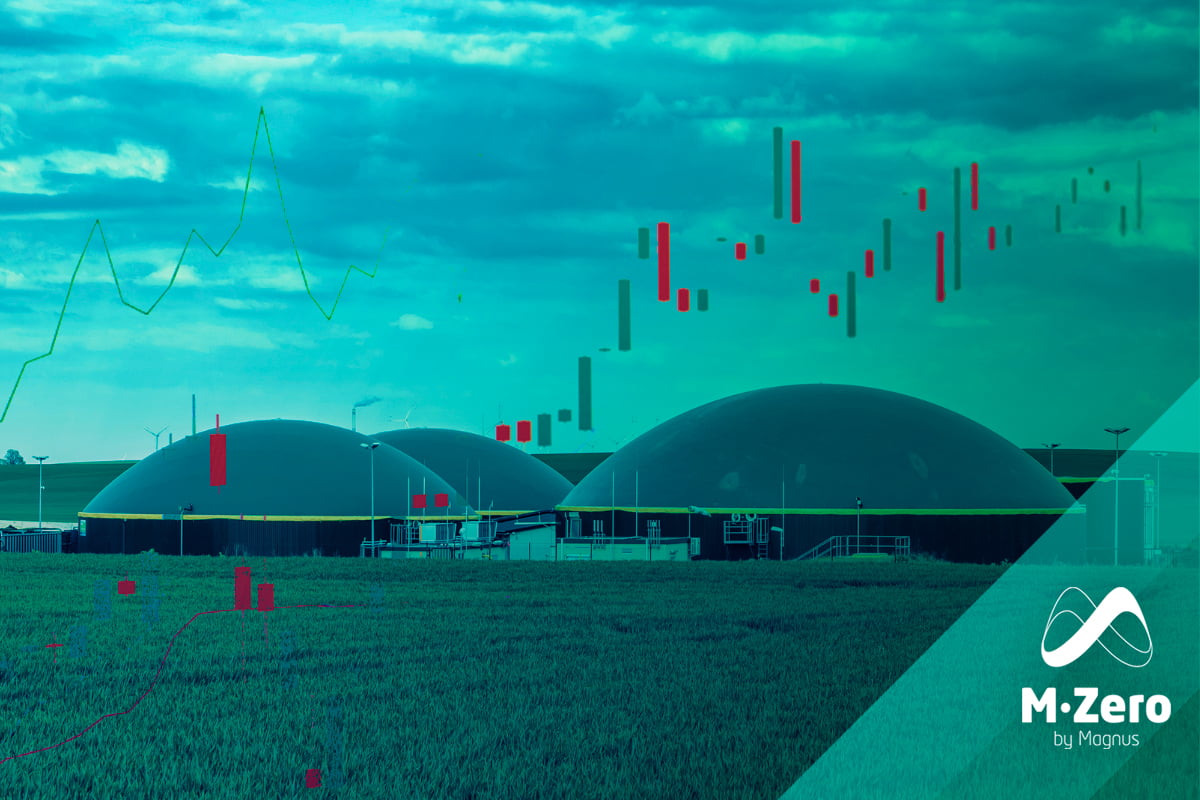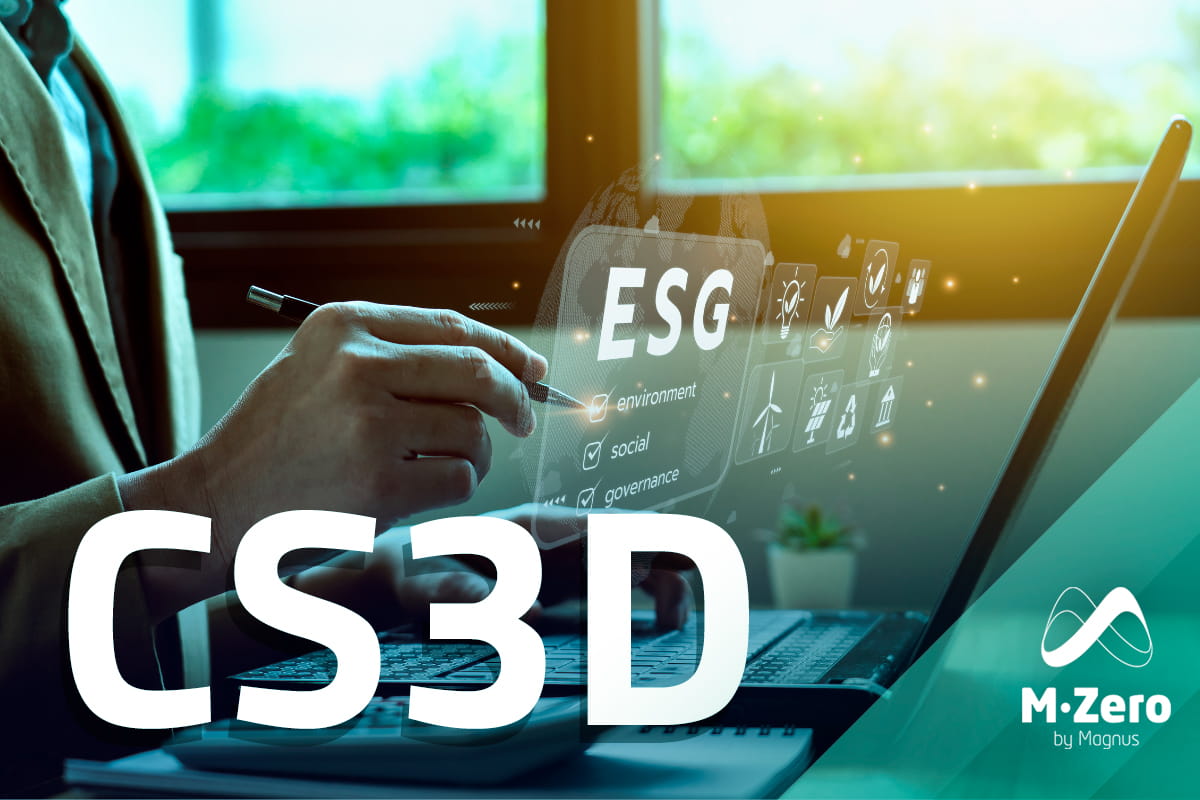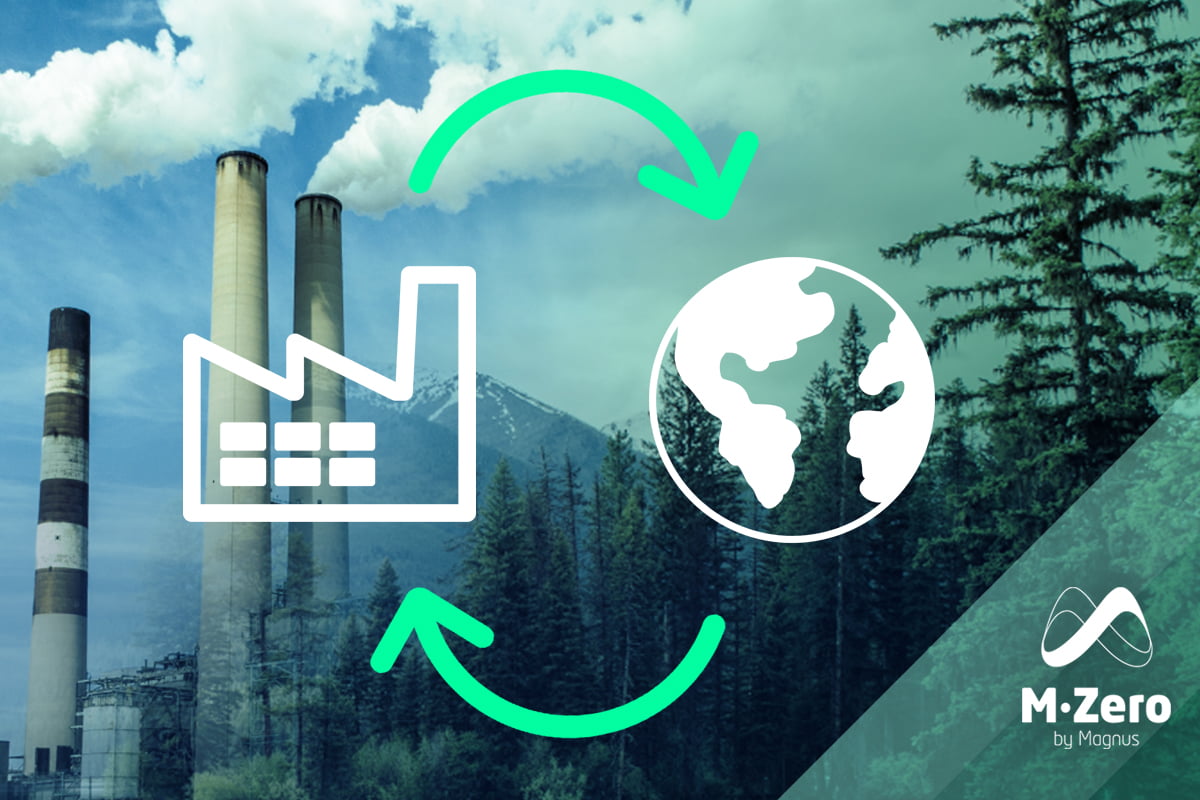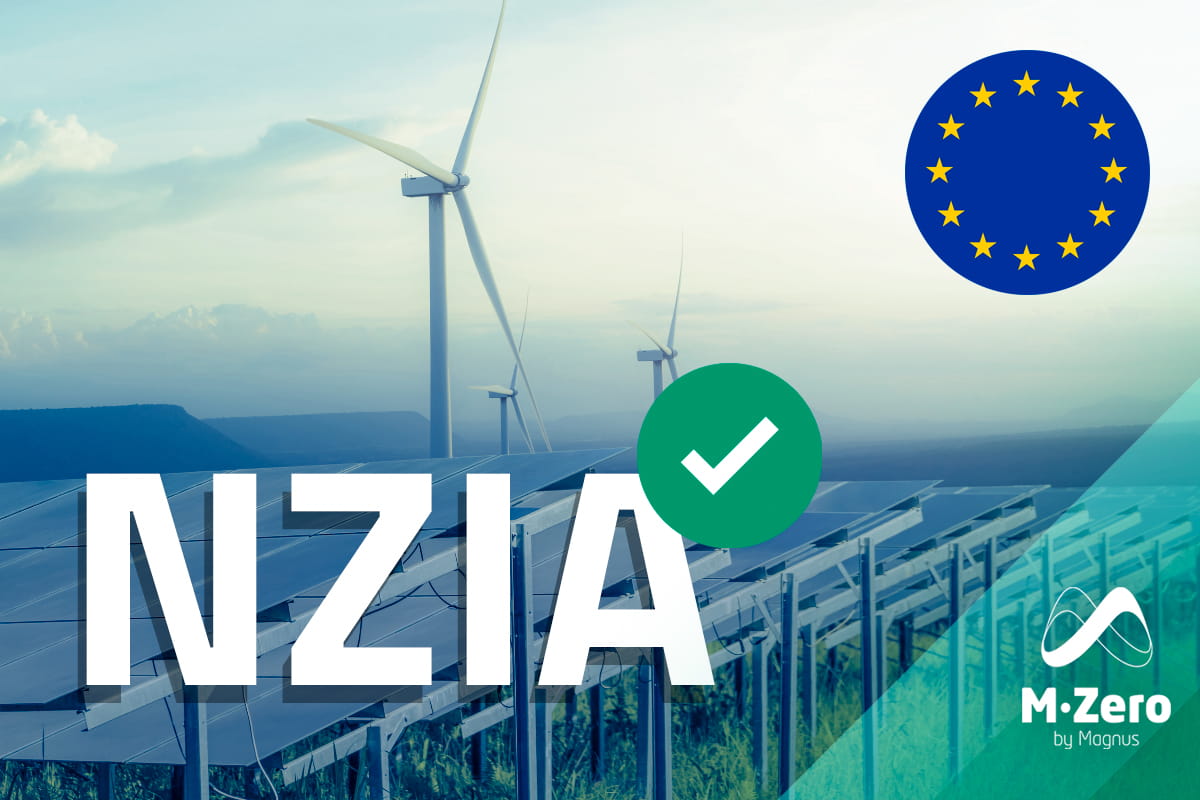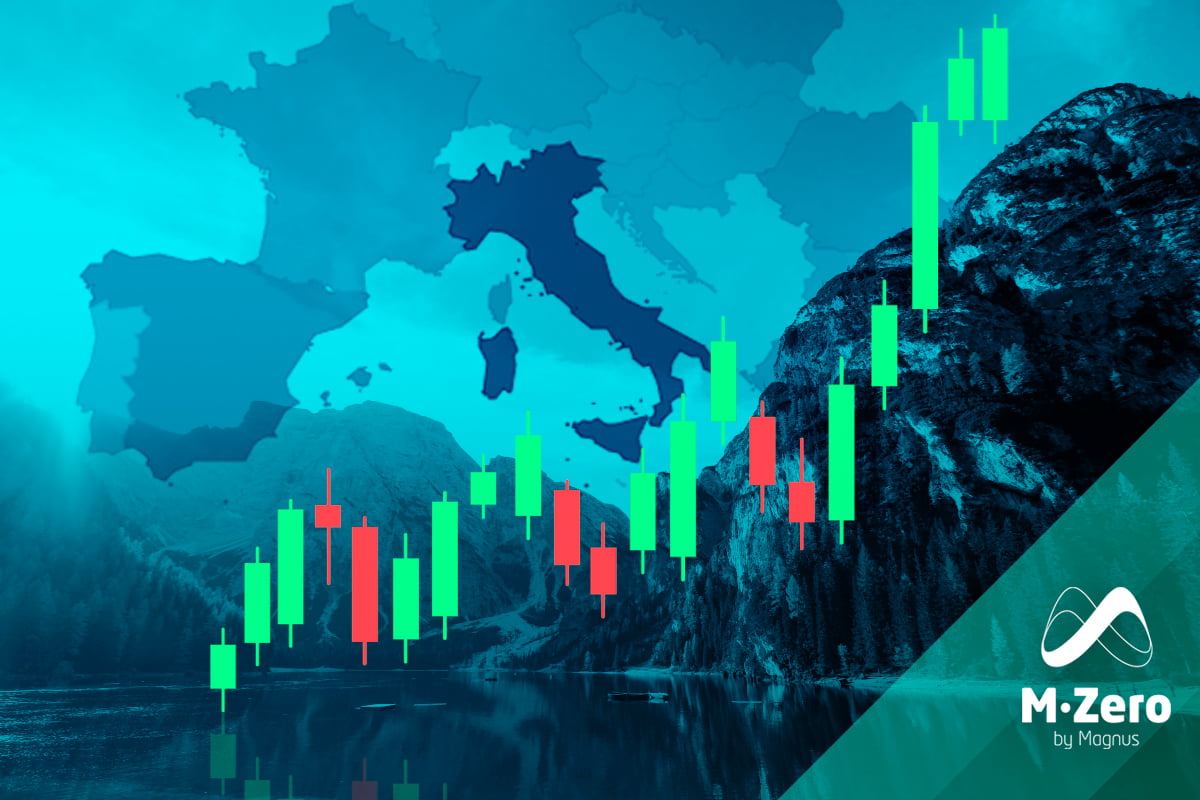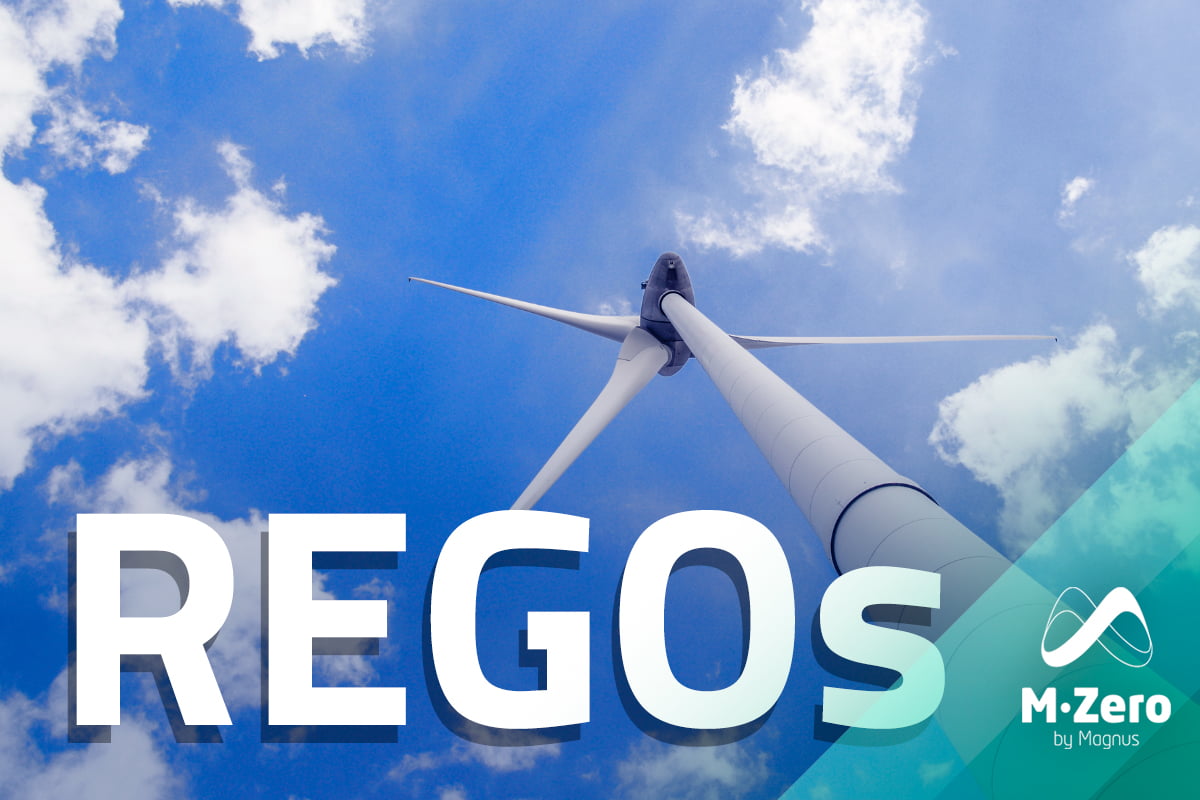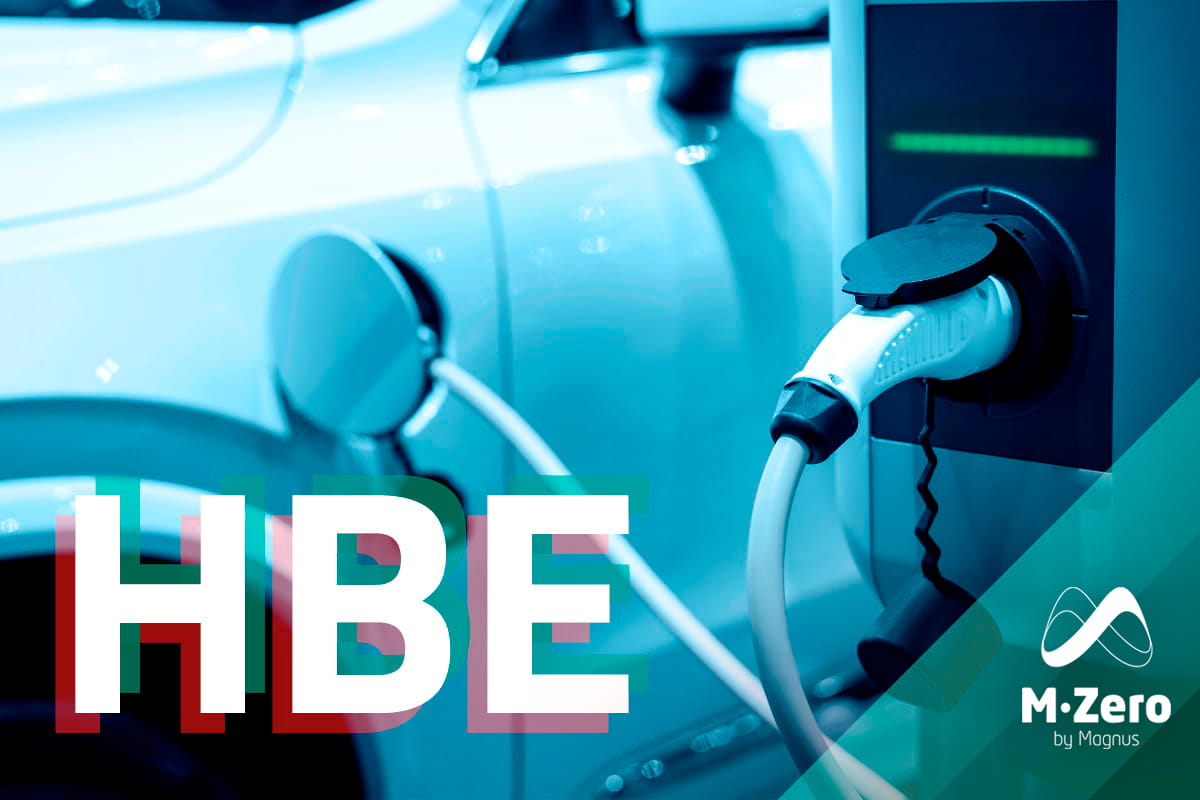
The Greenhouse Gas Protocol is a standard for calculating the Carbon Footprint that allows accounting for the six types of GHG gases (CO2, CH4, N2O, HFCs, PFCs and SF6) with a unique focus on emissions accounting and reporting. It was developed by the World Resources Institute (WRI) and the World Business Council for Sustainable Development (WBCSD), in cooperation with private companies, governments and environmental groups, publishing its first edition in September 2001. The basic principles of the GHG Protocol are Relevance, Completeness, Consistency, Transparency and Accuracy.
The GHG Protocol standards and guidance are a key element of the Science Based Targets (SBTi) initiative, which helps shape and verify corporate emissions reduction targets and ensure that they are in line with the goals of the 2015 Paris Agreement.
However, the Corporate Accounting and Reporting Standard has not been revised since 2004, and the Guidance for Scope 2 emissions – i.e. emissions associated with a company’s electricity, heat, and steam – and Scope 3 (supply chain) emissions have not been revised at all since they were first published in the early 2010s.
Several aspects of the protocol are currently under consideration for revision, including the accounting and corporate reporting standard, the Scope 2 guidance, and the Scope 3 standard.
With respect to its Scope 2 guidance, among other revisions, GHG Protocol is currently considering possible changes to the market-based and location-based accounting rules for Scope 2 emissions disclosure.
Recalling the Methods… (Chapter 4 – Scope 2 Guidance | GHG Protocol)
Market-based method: reflects the GHG emissions associated with the choices a consumer makes with respect to their electricity supplier or product. These choices – such as choosing a retail electricity supplier or purchasing green certificates – are transmitted through agreements between the buyer and the supplier. Under this method, an energy consumer uses the GHG emission factor associated with the qualified contractual instruments he owns.
Unlike the location-based method, this allocation pathway represents the contractual information and claims flow, which may be different from the underlying energy flows in the grid. The certificate does not necessarily represent the emissions caused by the buyer’s electricity consumption. The fact that a company decides to switch supplier does not have a direct and short-term impact on the overall operation of the grid and its emissions.
Location-based method: This approach can be applied everywhere, as the physics of energy production and distribution works the same way in almost all grids. It emphasizes the connection between the collective demand for electricity by consumers and the emissions resulting from local electricity production.
Scope 2 emissions and EACs
Scope 2 emissions are the indirect emissions associated with the purchase of energy to power a company’s operations. Actual Scope 2 emissions will vary depending on the mix of renewable energy supplied through the local electricity grid. For example, in Europe, some grids have a high mix of renewable energy, while others rely heavily on fossil fuels.
To meet greenhouse gas emission targets or goals – or for other reasons, such as responding to customer demands or supporting the financing of renewable energy projects, many organizations purchase the right to claim the use of renewable energy through legal instruments called EACs (Energy Attribute Certificates, a global system of green certificates. Example: GOs in the European market). An EAC certificate typically confers the right to claim the environmental benefits, including associated GHG emissions, of a MWh of renewable electricity.
Differences in the use of EACs in the two accounting methods
The Scope 2 guidance provides two different accounting methods for calculating GHG emissions. The methods have many nuances. But for the purposes of this article, the important thing to note is that market-based accounting allows an organization to use EACs or PPAs to report Scope 2 emissions.
In contrast, the location-based method requires an organization to use average emission factors for the mix of networks specific to its operations in calculating GHG emissions, regardless of whether the organization has purchased EACs. Under the current Scope 2 guidelines, companies are required to report using both methods.
Some critics have questioned the effectiveness of ECAs in reducing carbon emissions, as they allow companies to increase their actual GHG emissions but continue to claim that they move towards net zero targets when those emissions are accounted for net of purchased ECAs.
But proponents of ECAs point out that they are a source of finance for new renewable projects that would not otherwise exist, and that they promote a faster transition to a low-carbon economy.
Approximately half of the questions in the recent stakeholder survey on Scope 2 guidance asked for comments on possible changes to these two accounting methods.
Preliminary results of the GHG Protocol survey
GHG Protocol organized a webinar on 2 May 2023 to discuss the preliminary results of the Scope 2 survey.
With regard to input on the two accounting standards, GHG Protocol reported that several respondents supported the establishment of location-based accounting as the primary metric, and the requirement for more granular reporting. For example, PWC responded: ‘We strongly recommend that GHG Protocol prioritize … the location-based approach – that is, based on the physical location of consumption and the actual power grid that generates the energy – because it is more representative, meaningful and actionable. … In addition, we believe that GHG Protocol should continue to evaluate methods to refine reporting … for example, information on the time of day energy is used, calculations based on daily rather than monthly information, and more localized reporting’.
In a similar vein, KPMG advised that the market-based standard could be optimized by requiring greater disclosure, including: ‘Present the percentage of electricity purchased through power purchase agreements, virtual power purchase agreements and renewable energy certificates to communicate … the efforts and approaches an entity is taking to physically source energy from lower-emission or zero-emission sources.’
What comes next
GHG Protocol expects to publish a revised draft text in 2024, with final guidance in 2025. As for the direction of possible revisions, although not much was made clear, a recent study on corporate practices in Scope 2 accounting may offer clues. The study, entitled ‘Renewable Energy Certificates Threaten The Integrity Of Corporate Science-Based Targets’, was conducted in collaboration with GHG Protocol, which called the study a first step in revising the Scope 2 guidelines.
The study suggested that relying solely on market-based accounting may have the unintended consequence of slowing down the overall reduction of global emissions, because it allows reporting entities to keep their own emissions stable – or even increase them – but still report progress towards emissions reduction targets by subtracting EACs from actual GHG emissions.
The study acknowledges, however, that relying solely on location-based accounting could also have negative consequences, if it decreases investment in new projects that would otherwise be financed by EPAs or power purchase agreements credited under the market-based system.
As a possible solution to the problem, the study suggests that GHG Protocol consider strengthening market-based accounting to require EPAs to demonstrate ‘additionality’, i.e. that new renewable energy generation would likely not have occurred without EPAs.
In its April 2024 Newsletter, GHG Protocol reported that it received more than 1,650 applications and is working diligently to give due consideration to all applicants and that Technical Working Groups will be established by the end of the second quarter of 2024. It is expected that draft standards/guidance will be published for public consultation in 2025 and final standards/guidance will be published in the second half of 2026.
Active participation
As more and more participants in the global economy rely on the standards issued by GHG Protocol as a common language of communication on climate action and as disclosure that was previously considered voluntary becomes regulated, GHG Protocol would do well to be thoughtful in its revisions, considering the implications for a global economy increasingly focused on the importance of climate change efforts.
Prisicila Scheel | Decarbonization Head
If you found it interesting, please share it!
Recent Articles







